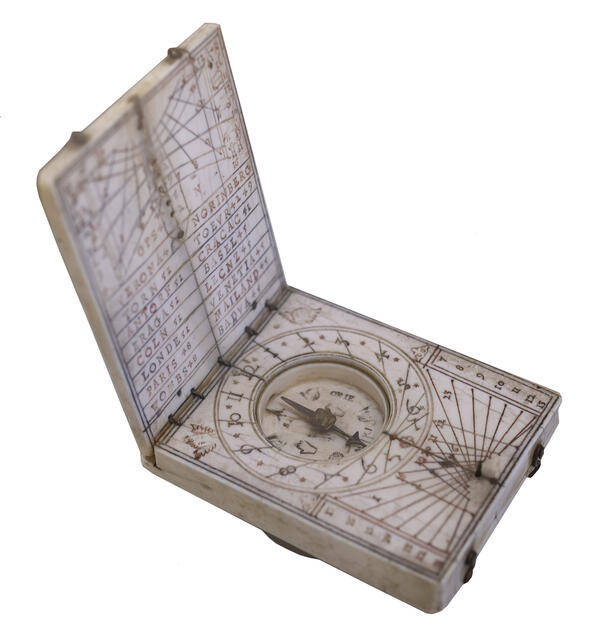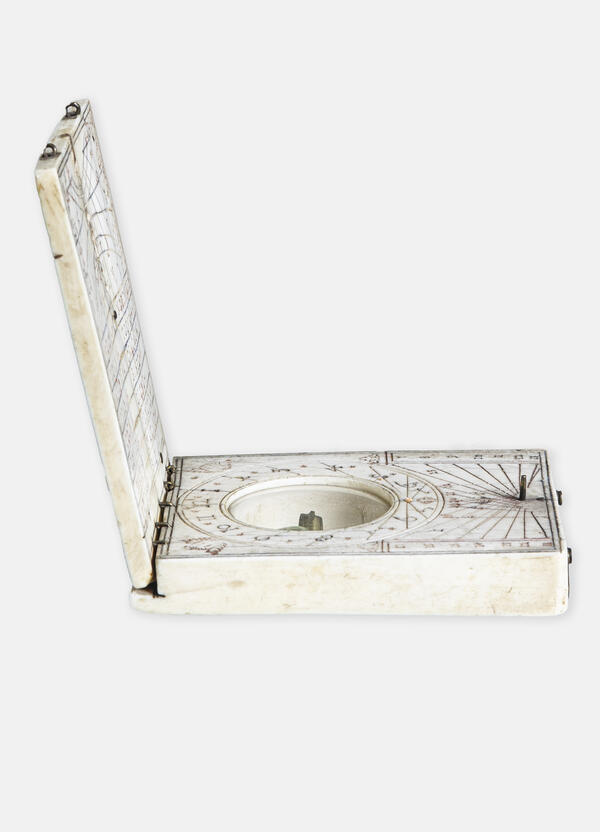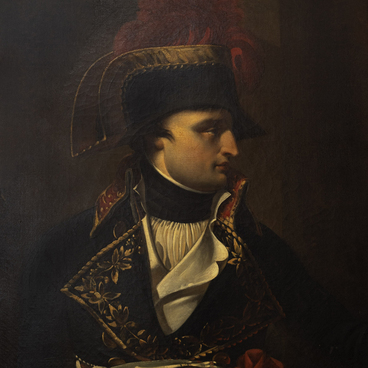This sundial with a built-in compass and wind rose was used to determine the time in several time zones at once. Apparently, it was made in the middle of the 18th century. The body was carved out of bone.
It was donated to the museum in the 1950s. Earlier, it was a family heirloom. The previous owner claimed that his ancestor, the Cossack Yesaul Polyakov, brought it with him during a raid on Marshal Ney’s staff convoy in 1812. “The bravest of the brave”, as the French emperor called him, Michel Ney became one of the brightest military leaders of Napoleon I.
He came from a simple family, but proved himself in the revolutionary wars, and at the coronation of Napoleon received a marshal’s baton. He was nicknamed “the bravest of the brave” by the emperor after the Battle of Friedland in 1807. Soon after, Napoleon Bonaparte granted him the title of Duke of Elchingen — for the battle with the Austrians, in which the marshal’s troops triumphed.
In 1812, Ney commanded the 3rd Corps of the “Grand Army”, which reached Moscow as part of Napoleon’s main forces. In the Battle of Borodino, his corps, together with Marshal Davout’s unit, attacked the Bagration flèches on the left flank of the Russian army and eventually occupied them after a persistent battle.
For the Battle of Borodino, which in French tradition is called the “Battle of the Moskva River”, Ney was given the title of Prince of the Moskva. During the retreat from Russia, Ney’s corps was practically destroyed in the Battle of Krasny in November 1812. Apparently, it was after this battle that the Cossacks were able to capture trophies at his headquarters.
Ney himself barely managed to get out of Russia: he crossed the Neman River alone, which served as the border at that time. After Napoleon’s abdication in 1814, Michel Ney swore an oath to the Bourbons, who reclaimed the throne. However, during the period of Napoleon’s return to power in 1815, he again switched to his side.
Ney participated in the Battle of Waterloo, and when Napoleon was finally dethroned, Ney was condemned and executed by firing squad for betraying his oath to King Louis XVIII.
In over 200 years, this artifact has suffered some damage, in particular, the arrow of the sundial was lost.




